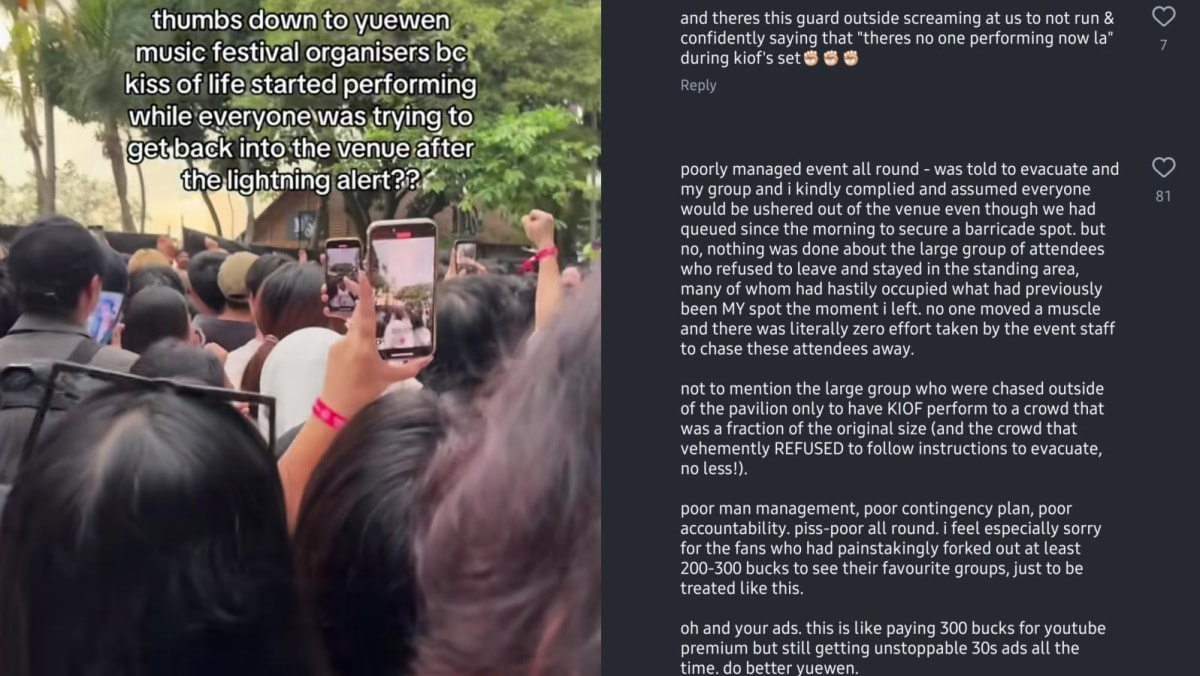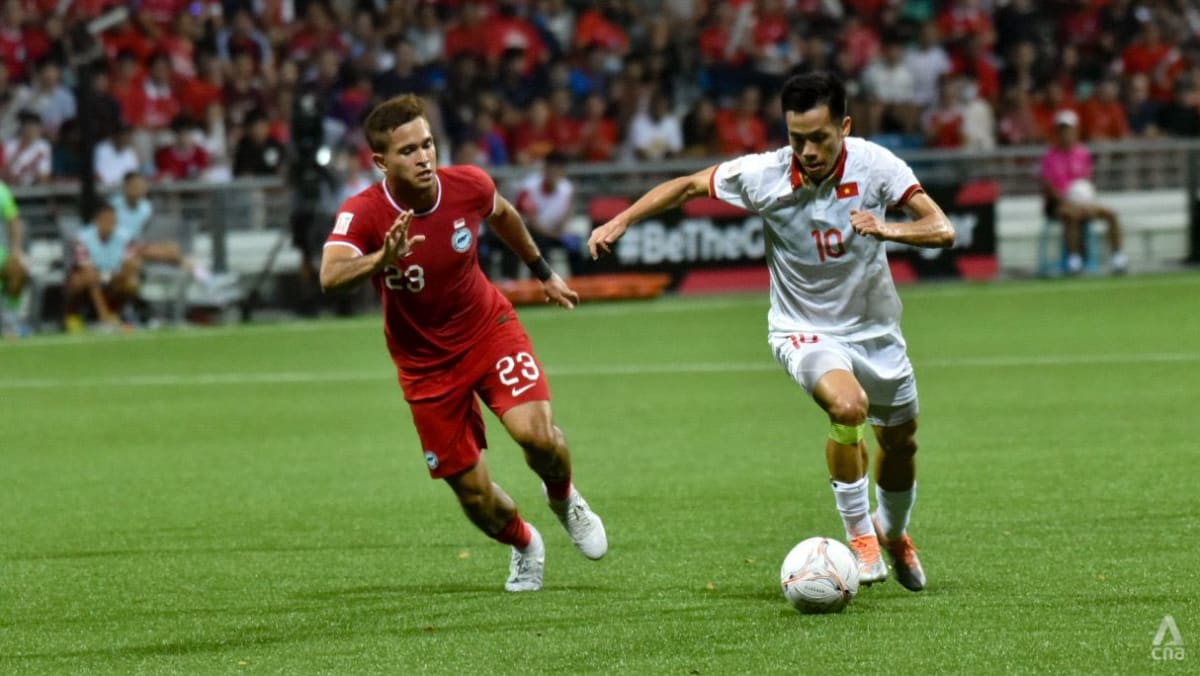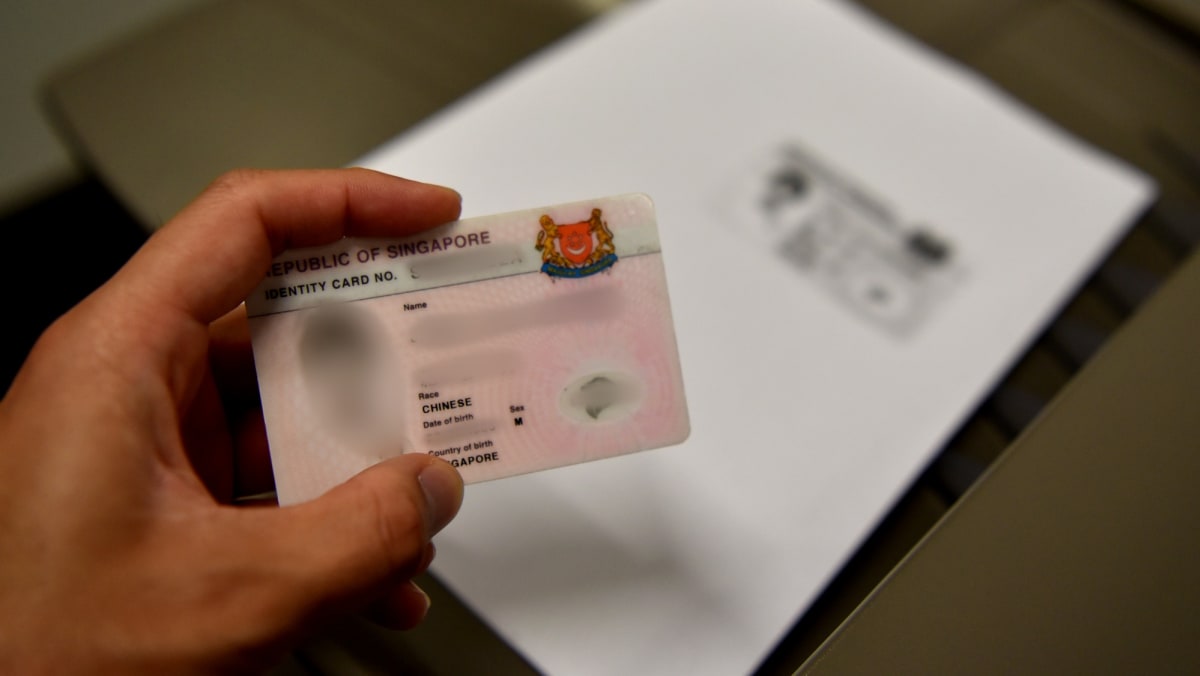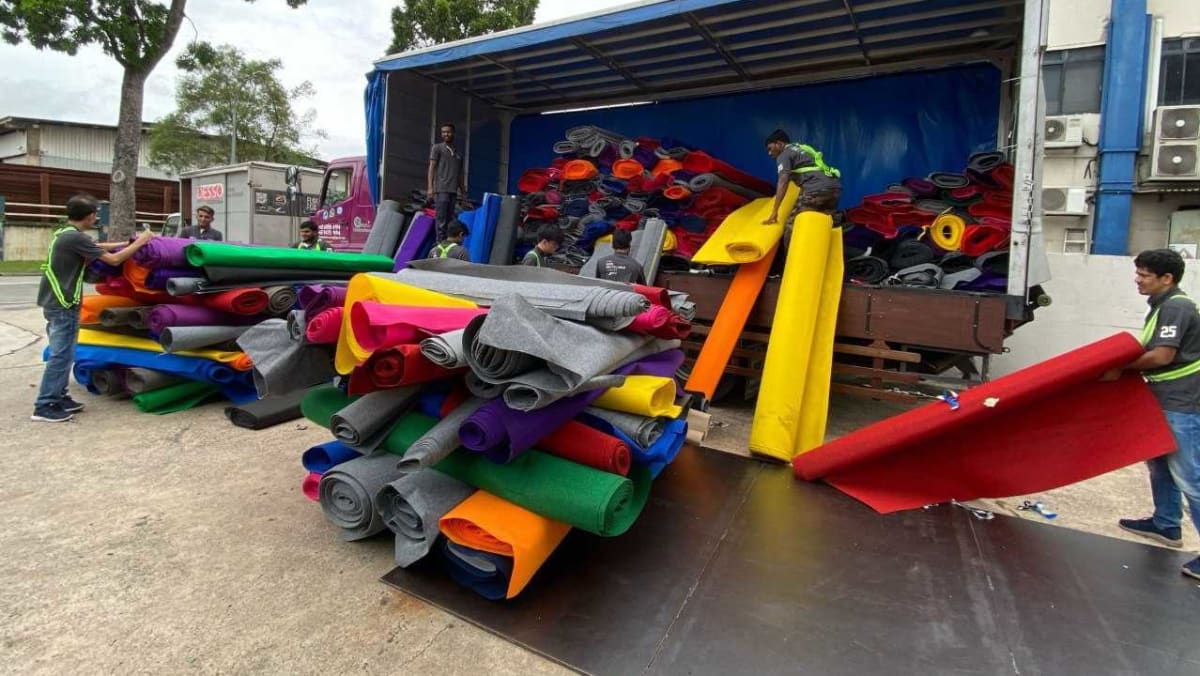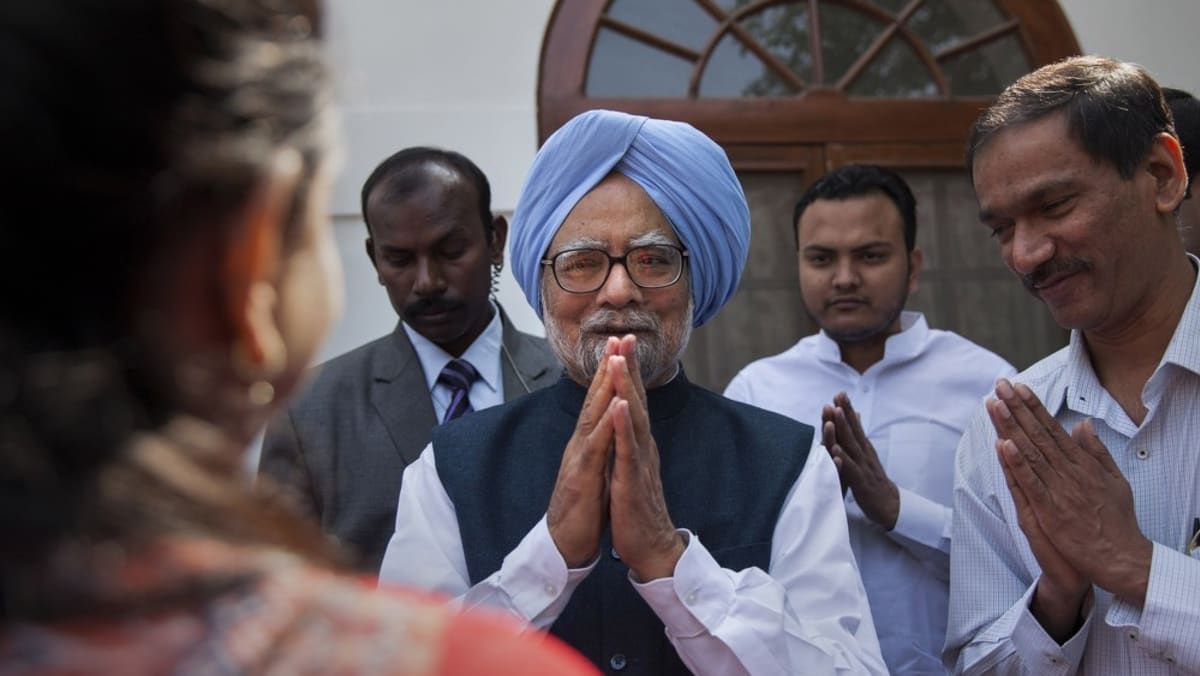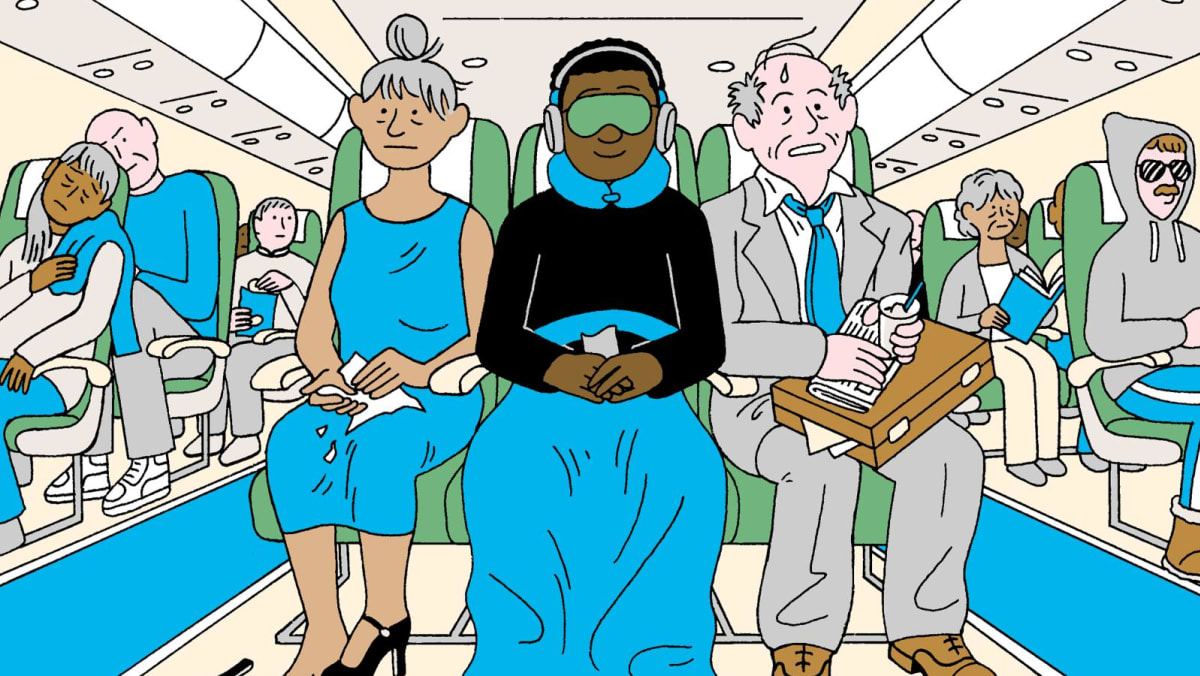SINGAPORE: The sun is just peeking through on a Friday morning when I speak to Raymond Webster.
It's also after midnight in the United Kingdom, where he lives, but Webster assures me his bedtime is late.
After all, this isn’t your average 70-year-old.
The Englishman is an avid mountain climber and passionate about driving. When not doing either of those things, he competes in the professional badminton circuit against others more than half his age.
Since entering his first Badminton World Federation event in 2016, he's mostly hovered around the 800 mark in the men's rankings, and played close to 60 singles matches.
He has lost all of them.
Webster's recent matches include a 3-21, 8-21 defeat to 23-year-old Bruneian Kan Kah Kit in November; and a lopsided 3-21, 1-21 loss to 29-year-old compatriot Ngan Heng Lin in September.
Webster loved every minute of these contests.
To understand what drives him in his badminton exploits, one has to wind the clock back about five decades.
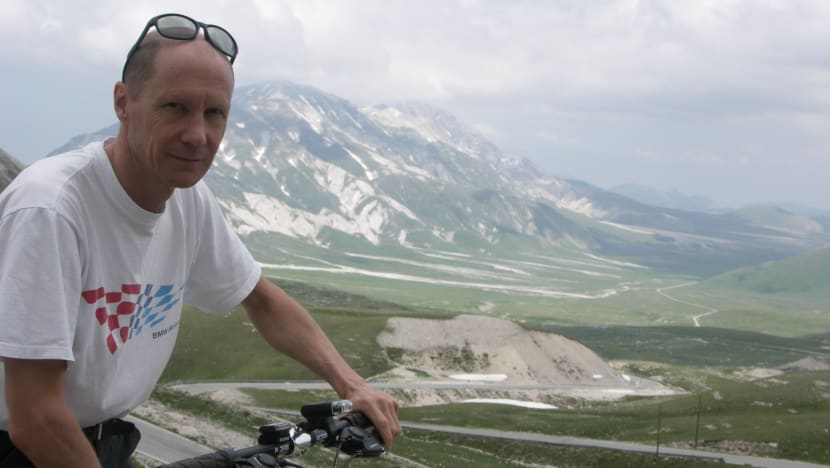 Webster up on the Italian Alps. (Photo: Raymond Webster)
Webster up on the Italian Alps. (Photo: Raymond Webster)
"WILD EXPERIENCES"
Webster’s foray into the sport began in his 20s, when he joined coaching sessions by top English player Ray Stevens.
“Ray has a magnetic personality and fire for the sport that would set anyone's ambitions alight,” Webster told CNA.
Though he was regularly "pummelled" by Stevens, badminton started to appeal to him for its "pure dynamics and the way the game flowed from surges of all-out intensity to moments of fine control”.
It was during one of these sessions when "the lights came on" and Webster thought he could excel at the sport.
"With a score of 11-15, it was the closest that I'd ever come to beating a champion," recalled the Englishman.
"After the session, Ray asked me: 'How did you play like that?' Responding, I (said I) don't know. But years later I found out and fully understand that it stems from fight or flight. I have been in flow state several times on court."
Webster next planned to head to China to play badminton, but this fell through. After scouring badminton magazines for contacts, he set off "with some trepidation" on his first trip abroad and travelled through the Americas for about four weeks.
He still remembers his first event - a "dog fight" where he won with a third set score of 17-16 - as well as what it was like to play breathless at an altitude of 2,200m at the Mexican Open.
Webster then spent five years in South Africa, working and playing provincial badminton.
When he finally returned home, most of his former sparring partners had moved on to playing at the top level.
Around this time, he picked up a recurring stomach injury and had to eventually forgo the sport he so loved. "Every time I moved, it was like I had glass inside me or wire mesh," he recalled. "I lost the ability to be active."
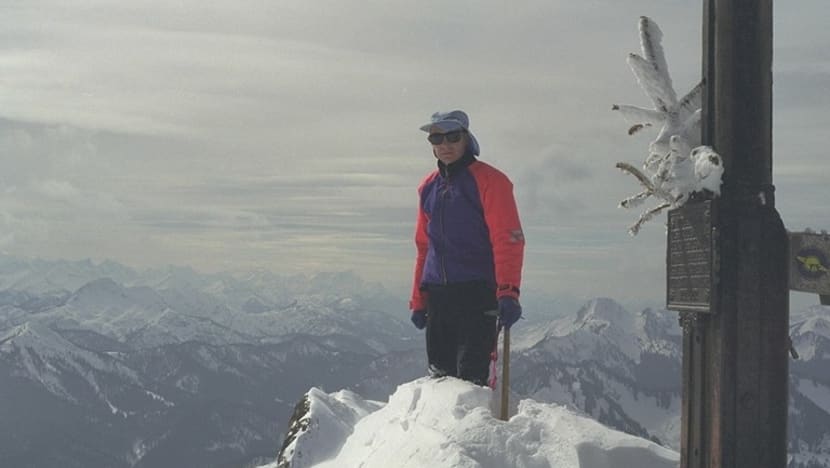 Webster up in the Bavarian Alps. (Photo: Raymond Webster)
Webster up in the Bavarian Alps. (Photo: Raymond Webster)
At 42, Webster went back to university and eventually landed an engineering job in the semiconductor industry. It meant he could travel the world and pursue his other hobby of mountain climbing.
"Despite carrying a lot of pain, I climbed solo most weekends for 11 years," he said, adding that he was at his fittest at 50 years old "with the cardio power of a husky dog".
"Although the wild experiences I had climbing in winter were a tremendous high, I longed to play badminton again ... (but) I thought I would never be able to."
STEPPING INTO A "SECOND LIFE"
Then came the toughest years of Webster's life, which started when he was made redundant at his job.
He tried to play badminton again but it was too painful to do so, due to his old injury that seemed like it had no way to heal.
"There seemed no hope and I hit a brick wall and without the job and the mountains and with the gremlin of stress ... I was in a deep mental well, depressed beyond function," he said. "And that is a horrible place to be."
"I had no way out but to dig my way up. It's all I could do basically. All I knew at that time was to just do something physical so I would get on my bike and ride till I was tired."
At the same time, he continued trying ways to regain what he called his "competitive mobility", while battling through the pain of the injury. Eventually, what helped was yoga.
"With persistence, I became more flexible than when I was a teenager," said Webster.
He slowly took to the badminton courts at his local club and before he knew it, at age 62, he was playing at his first BWF event.
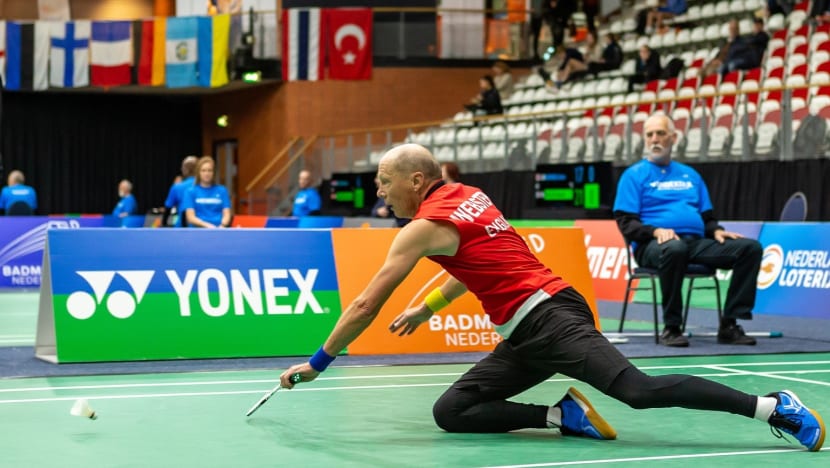 Raymond Webster in action. (Photo: Rene Lagerwaard)
Raymond Webster in action. (Photo: Rene Lagerwaard)
"The world of badminton had changed in every aspect, and walking onto a show court was like a time warp," said Webster.
"Looking back I had been playing in black-and-white TV, and now stepped into full-colour HD. It was simply awesome."
In the years since, Webster has often been on the end of lopsided scorelines.
"When I first entered the tour, I had aims of more success, but it's a strong tide to swim against when I never played as a junior," he said.
"A couple of times I had to play with flu or migraine and suffer the consequences. But I accept it.
"It's akin to climbing those big mountains again, when bad weather beat me back, and I went up again for a fifth attempt in total adversity, scaring myself to the point of my feet trembling me off the ice footholds that I cut, and pushing beyond where I could not reverse."
Still, there have been memorable moments.
There was the first time he won a game on the BWF circuit, when he beat the Netherlands' Rakesh Sharma 23-21 before losing 26-28, 15-21. It was 2022 and his opponent was 34 years old then.
"Being out on a badminton court when my opponents are generally 40 to 50 years younger, people tell me that is a victory," said Webster.
"When I have performed well and the umpire says: 'respect', I feel too that I am playing for them, since most of them are former players and they too must stay engaged with the 'addiction'.
"There're so many people that wish they were on court playing because they either were badminton players or want to be a badminton player. But for many reasons they can't play ... I feel like that I'm fulfilling their desire."
With his story garnering some attention online, fans have requested wefies and spare shirts while others ask how he's maintained his mobility to play a sport that can be tough on the body.
"Much of that is because my whole family were incredibly active. I never stopped moving as a kid, I climbed trees, cycled thousands of miles a year, 200 miles in a day and went climbing most weekends," he said.
"It made me tough and durable (and) my thought processes have not changed or aged in any way."
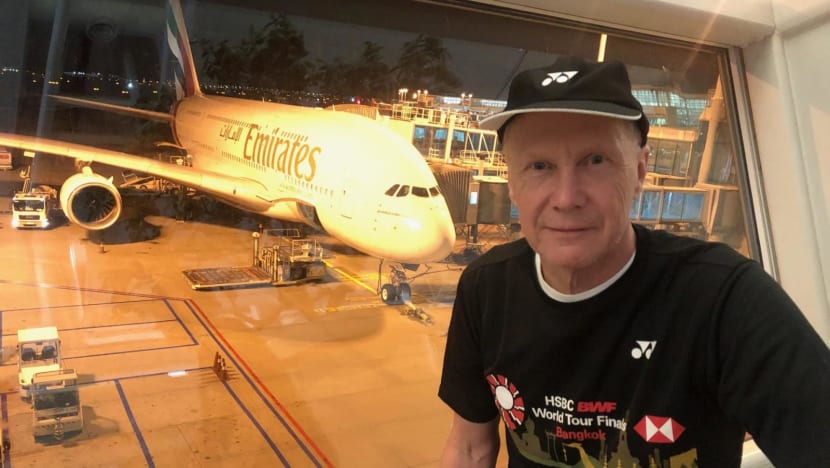 Webster has travelled the world in pursuit of his badminton dream. (Photo: Raymond Webster)
Webster has travelled the world in pursuit of his badminton dream. (Photo: Raymond Webster)
LIKE OPENING A GIFT
On the BWF tour, players accumulate points by playing in and winning matches. Those with more points automatically enter the main draw of tournaments. Players like Webster need to compete in the qualifiers to make it to the main draw.
"For myself, I am not aiming for ranking, just to maintain enough points to stay on the ladder and climb sometimes," he said.
Getting to each tournament is the culmination of "a lot of organising" for the Englishman.
"Sometimes I've played three events in succession and loaded the car with three sets of gear, flown back to the airport, changed all the gear, and off on the next adventure. It's a real buzz."
None of this comes cheap, though. Travelling the world to compete requires money - and Webster has been digging into his savings to finance his passion.
"I ask for second meals on the plane so I don't have to buy a dinner in a restaurant. And I try and bum an entry into an airport lounge and eat well," he added.
"But I'm running on the sheer effort that I put into my career, it paid well and just enough to have kept me on the circuit for a few years."
There've even been times when he spent nights in his car or in the airport.
But when he finally gets on court, it's like "waiting for a gift and then opening it", said Webster.
That sheer joy keeps him going.
"I accept the low scores and nobody's expecting me to win. But what is one of the greatest motivations - apart from that I enjoy being in that environment, and I enjoy my body able to rally and move pretty well - is (having) people encourage me," he said.
"My family, just siblings now, love what I engage myself in, and since I picked myself up and battled my way back from rock bottom and years of pain, it has opened new doors.
"It's my second life and I aim to never stop. Or I'll drop."
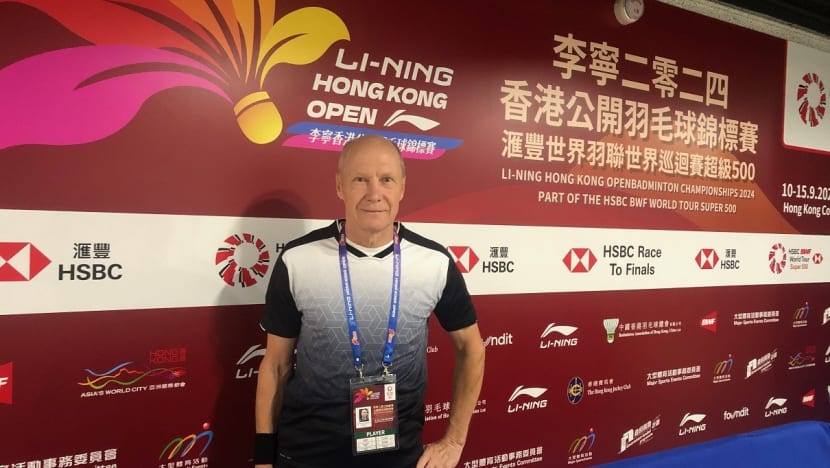 Webster competed in the Li-Ning Hong Kong Open in September. (Photo: Raymond Webster)
Webster competed in the Li-Ning Hong Kong Open in September. (Photo: Raymond Webster)
It's not about just taking part either: Webster is adamant that he can improve.
Next year, he plans to head to the mountains to build up his lung power, before competing in a series of tournaments.
"I know I have the inherent skills, but not the consistency. That will come with the right enabler," he said.
Soon after our interview, Webster tells me he's mulling over competing at the Korea Masters. Initially, it seems as if the 30-hour journey to Iksan city might be too much of a disincentive.
But when I check the results a couple of days later, I spot a familiar name. Webster made it to Korea after all.
“When people ask my age, I reply 'I stopped counting at 21',” he said. “If age enters my head, I throw it out. I am not going to slow down.”


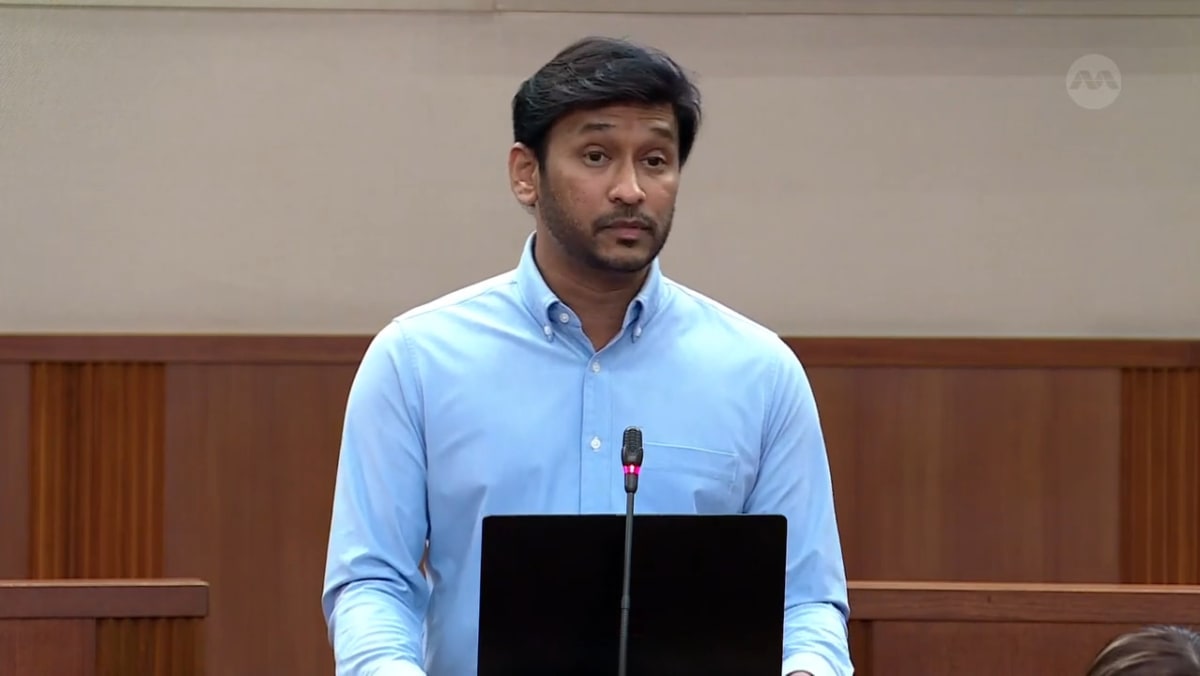
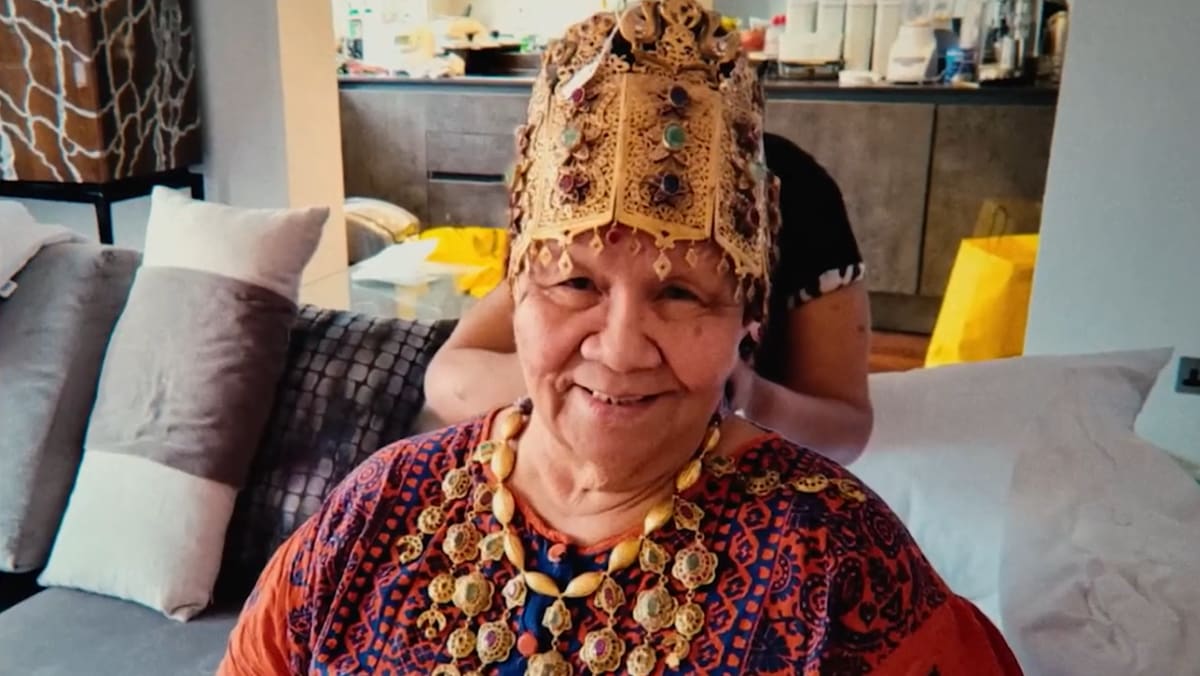
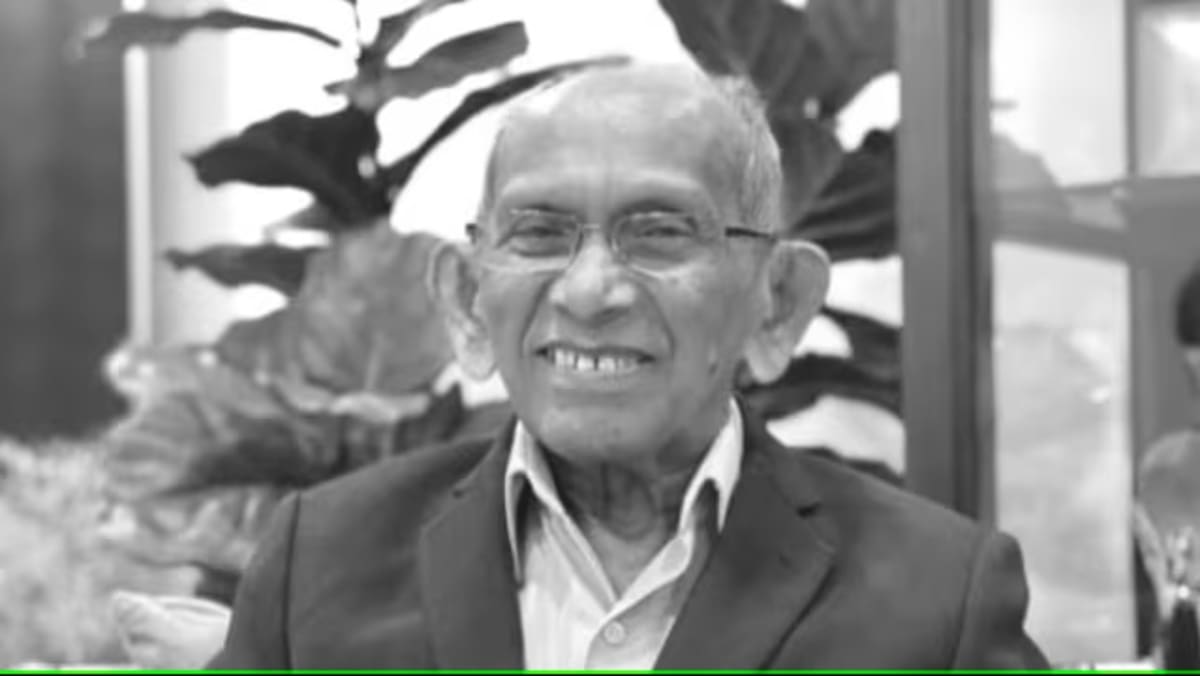
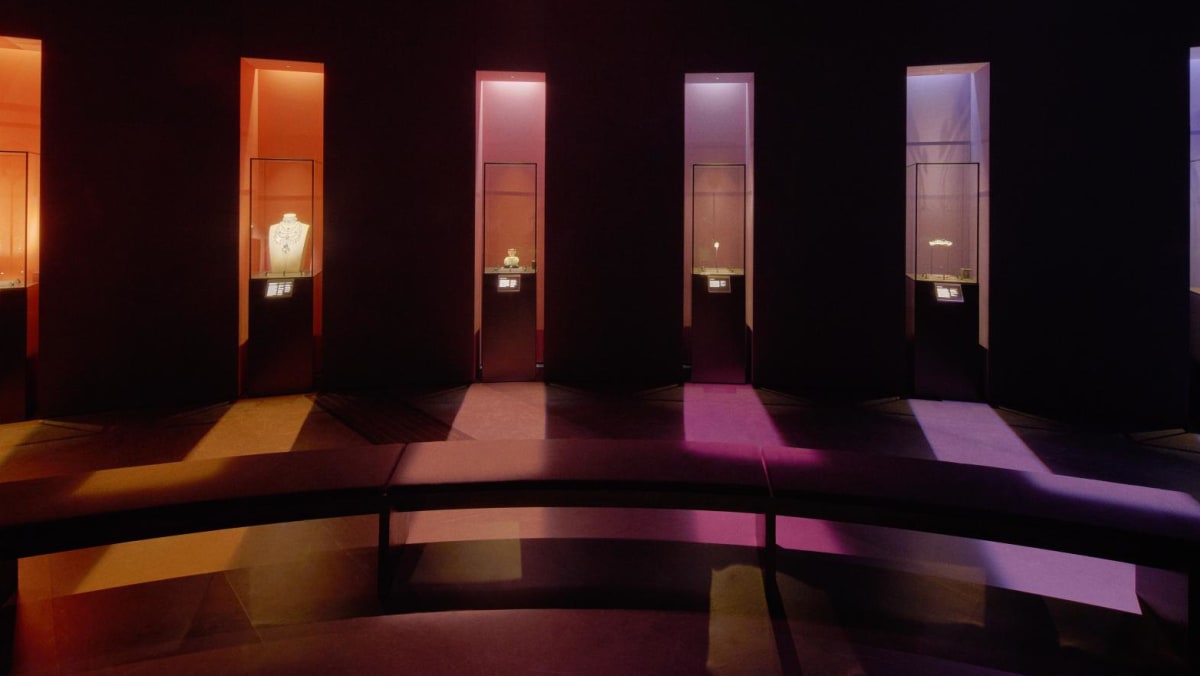


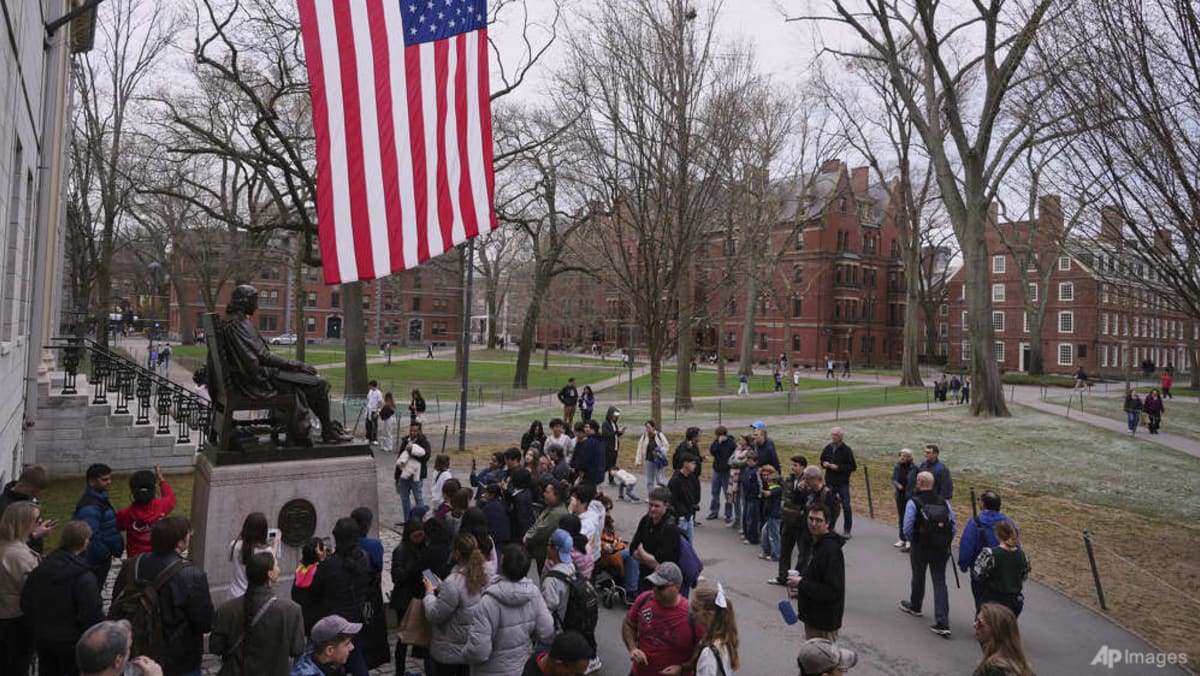




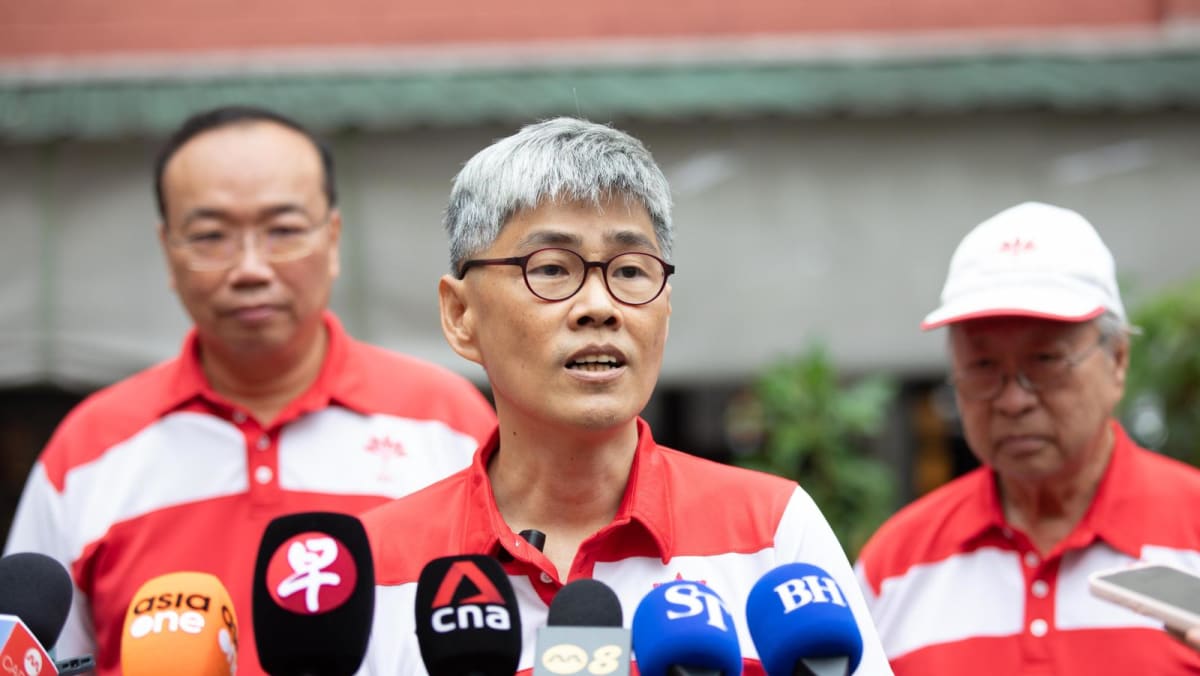
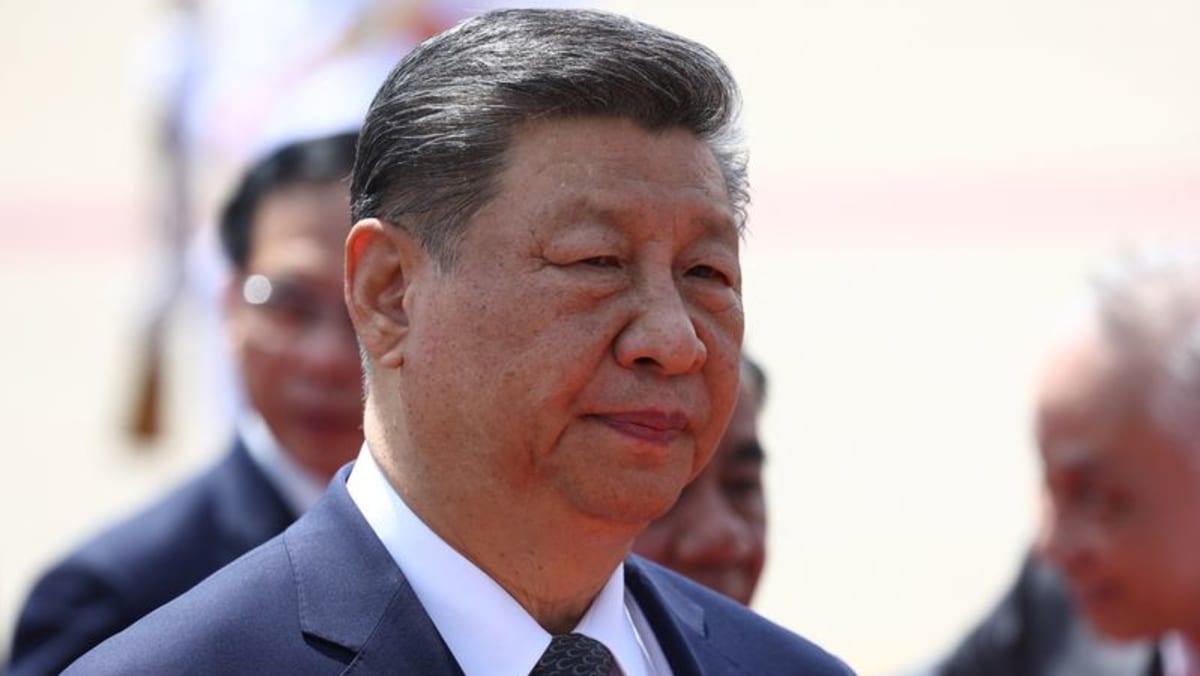
.png?itok=erLSagvf)











